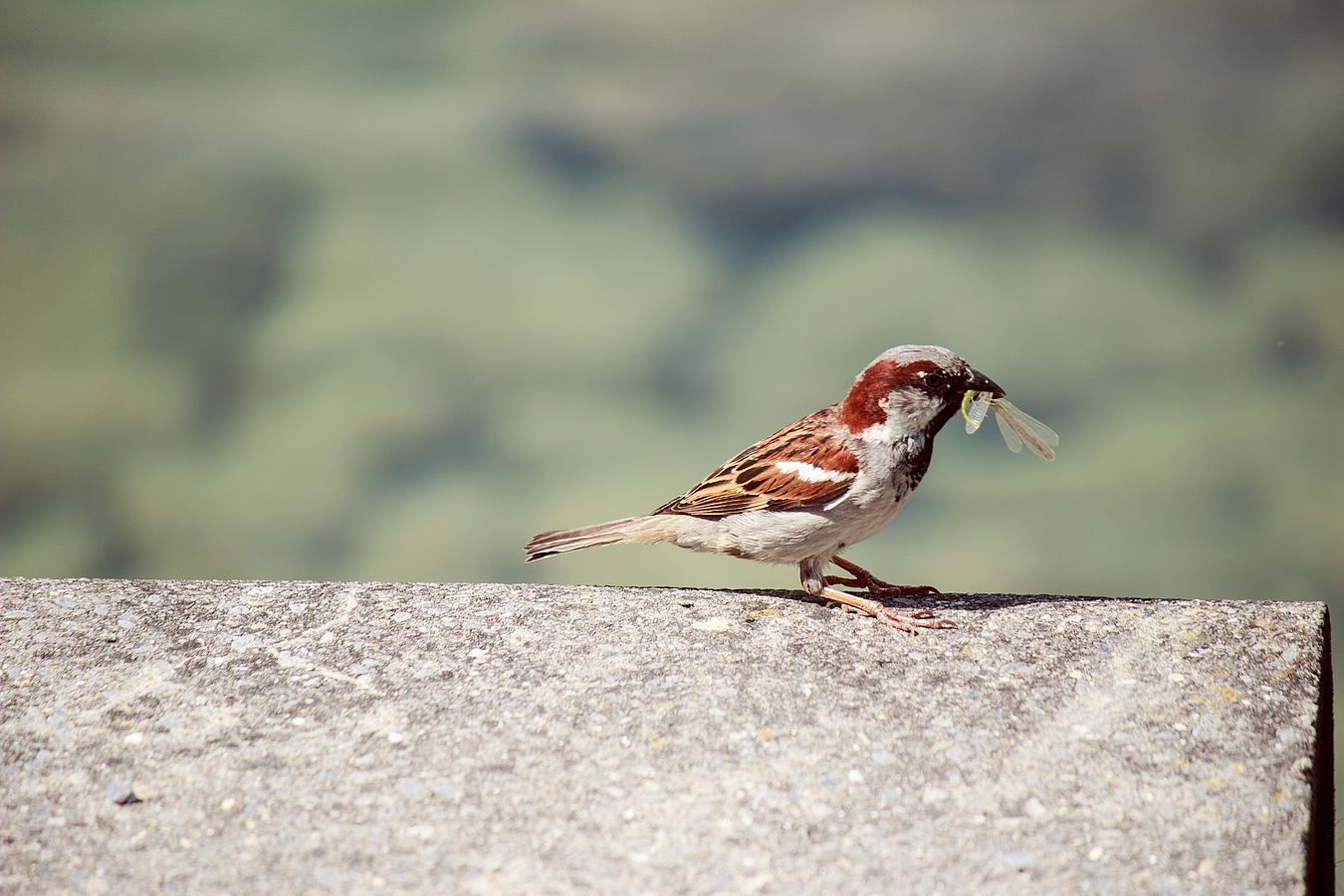A team of scientists from the Leibniz Institute for Zoo and Wildlife Research (Leibniz-IZW) and the Technische Universität Berlin (TUB) collaborated to analyse breeding bird data from the Senate of Berlin gathered by citizen scientists.

Abundance of prey species is key to bird diversity in cities. | Till Kottmann/Unsplash
Urbanisation represents a drastic change to natural habitats and poses multiple challenges to many wildlife species, thereby affecting the occurrence and the abundance of many bird species. A team of scientists from the Leibniz Institute for Zoo and Wildlife Research (Leibniz-IZW) and the Technische Universität Berlin (TUB) collaborated to analyse breeding bird data from the Senate of Berlin gathered by citizen scientists. They found that the abundance of invertebrates such as insects or spiders as prey is a key factor affecting bird diversity in the city. The more prey is available, the more diverse the urban bird communities are. This demonstrates the importance of species interactions for explaining urban biodiversity in addition to impacts of anthropogenic disturbance and habitat structure. The results are published in the scientific journal "Diversity and Distributions".
Species interactions profoundly shape the composition of wildlife communities, determining which species and how many individuals are found within given habitats. For example, the presence of strong competitors may result in a diminished abundance or exclusion of particular species. Similarly, prey abundance and distribution affect the numbers of predators in a community. "Although the importance of species interactions for generating biodiversity is widely recognized, studies of urban biodiversity usually focus on the impacts of anthropogenic disturbance and habitat structure, neglecting species interactions", says Stephanie Kramer-Schadt, head of the Leibniz-IZW Department of Ecological Dynamics and Professor at TUB.
To assess to what extent species interactions affect avian diversity in cities, the team led by Aimara Planillo from Leibniz-IZW analysed breeding bird monitoring data and related them to invertebrate data. Bird data were collected by citizen scientists and provided by the Senate of Berlin, and invertebrate data were collected within a collaborative project of Berlin research institutions (BBIB-BIBS) funded by the German Ministry of Education and Research (BMBF). They investigated the impact of both food-related (prey availability) and non-food related (e.g. competition) species interactions on the responses of bird species to a gradient of increasing urbanisation, using data from 66 breeding bird species in the city of Berlin.
"By applying sophisticated modelling techniques to the biodiversity data, we demonstrated that prey invertebrate abundance is one of the most important factors affecting the urban bird biodiversity", says Planillo. Senior author Radchuk adds: "Importantly, the impact of prey abundance depends on the level of urbanisation. Prey abundance had a positive effect on bird diversity under low to medium urbanisation levels. For the highly urbanised areas, prey abundance does not affect bird community, as the bird species inhabiting such areas are those adapted to persist in urban environments and often benefit from human resources."
Through these analyses the scientists were able to distinguish three different groups of bird species in Berlin, which differ in how they respond to environmental variables and to prey abundance. "We found urban species, woodland species and nature-area species in Berlin's bird community", Radchuk explains. "Urban species are akin to urban exploiters as they persisted at high abundance at high levels of anthropogenic disturbance. Woodland species are akin to urban adapters, they responded strongly to the urbanisation gradient and were favoured by high tree cover and invertebrate abundance. Finally, nature-area species were strongly negatively affected by urbanisation and positively by tree cover and open green area. They were also the least abundant of the three groups."
This categorisation of bird species will allow the design of customised conservation strategies for target species. "Our findings point out that managing urban areas in a way that maintains and increases invertebrate biodiversity is very important for supporting bird diversity in cities", Planillo concludes. "In particular, in order to maintain or increase insect survival we suggest extensive or reduced mowing, leaving dead wood and stones in place, the preservation of set-aside lands and decreased use - or preferably avoidance - of pesticides."
Planillo, A, Kramer‐Schadt, S, Buchholz, S, Gras, P, von der Lippe, M, Radchuk, V (2020): Arthropod abundance modulates bird community responses to urbanization. Divers Distrib 2020; 00: 1- 16. https://doi.org/10.1111/ddi.13169






